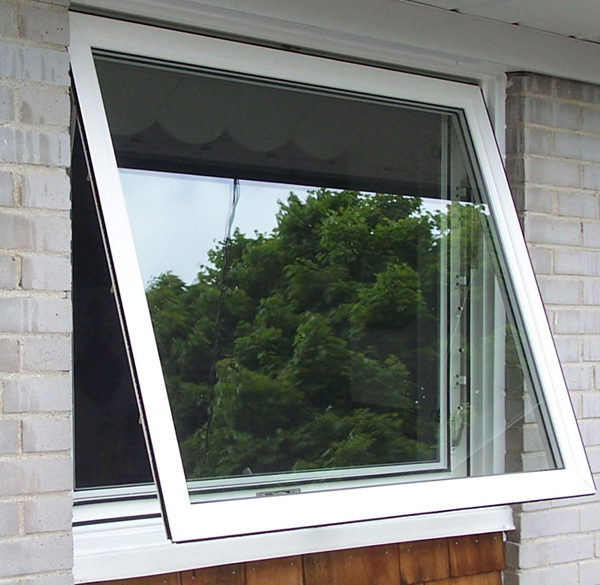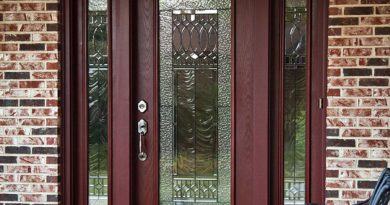AWNING WINDOWS | An Architect Explains
Awning Windows are similar to casement windows but with one major difference. Casement windows pivot on hinges mounted on the side, while awning windows pivot on hinges mounted at the top. Awning windows are just as popular as traditional casement windows, despite minor disadvantages such as maintenance and limited placement options.

Awning windows have both advantages and disadvantages which make them suitable only in some places. As an Architect, I have described Awning windows under the following headings so that you can decide whether it is suited for your requirement and your space:
Where are Awning windows best suited?
What are the advantages of Awning windows?
What are the disadvantages of Awning windows?
WHAT ARE THE MATERIALS USED FOR AWNING WINDOWS?
Steel and wood are the most expensive materials for awning windows, while aluminum, cellular PVC, composite, fiberglass, and vinyl are the least expensive.
WHAT ARE THE ADVANTAGES OF AWNING WINDOWS?
Good light and Ventilation: Awning windows can be placed higher in walls than other types of windows, like a clerestory to let hot air escape. When placed high, awning windows can provide natural light, without compromising privacy. High placement also allows for maximum wall space for design aspects such as art and furniture placement.
Weather-tight construction: Awning windows offer a superior seal against air passing through.
Best choice in damp climates: Because of the way awning windows are constructed, Awning windows can protect your home against moisture, even when they’re open during a rainstorm. They allow ventilation, without the threat of water seeping into the home.
Attractive, contemporary look: Newer awning windows use friction hinges at either end of the top edge. This allows the bottom edge of the awning window to swing open, creating a fresh, contemporary look.
WHAT ARE THE DISADVANTAGES OF AWNING WINDOWS?
Partial ventilation: Awning windows offer only partial ventilation.
Unsafe for high traffic areas of the exterior home: If an awning window sits overlooking sidewalks, decks, porches, or terraces, someone can easily collide with the windows’ jutting sashes.
Require frequent washing: Open sashes on awning windows slant horizontally, so they become dirty faster than other types of windows and require regular washing.
Escape may be difficult: Screens and storm windows are mounted on the inside of awning windows. This could make a fast escape difficult in case of a fire or other dangerous situation. However, the construction of awning windows makes entry quite difficult as well.
Awning windows are top hung windows that project outwards and obstruct walkways. Better options are Sash windows which do not jut out but are similar in appearance to Awning windows.






